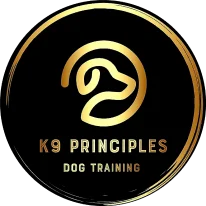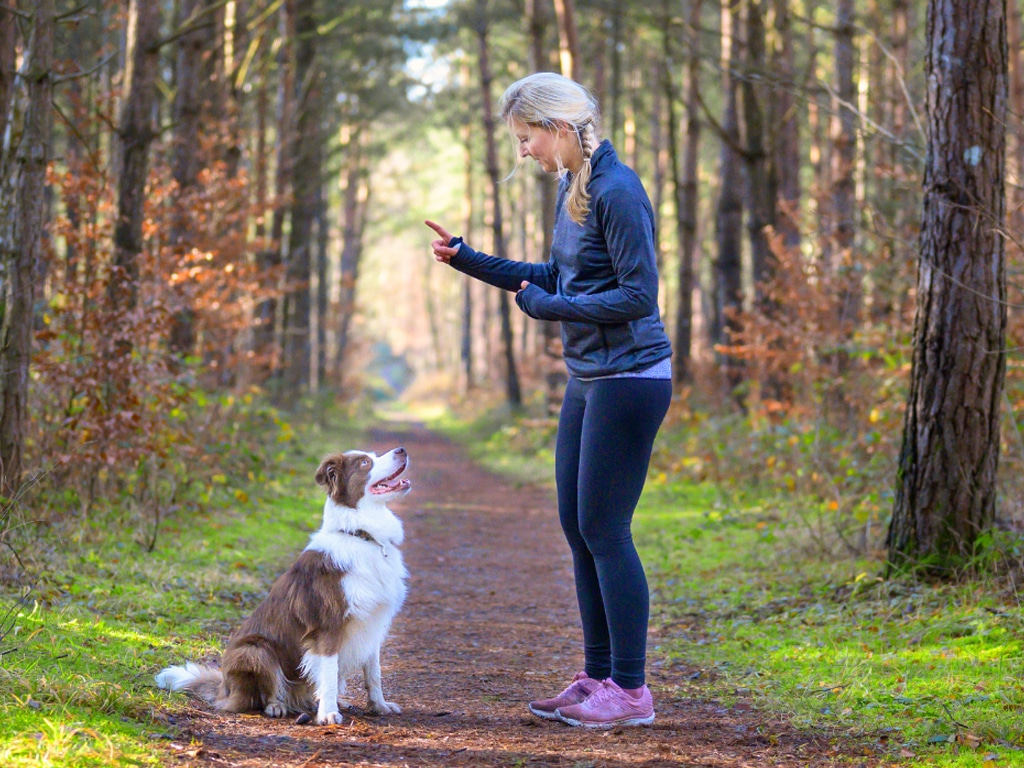Teaching your dog new tricks and behaviours isn’t just about what you teach; it’s about how and when you teach it. The secret ingredient to successful dog training in Caledonia, is timing. This crucial element acts like the glue that binds the lesson to the action, ensuring your dog not only learns but retains and repeats the desired behaviour. Let’s explore the profound impact of timing in dog training, uncovering why it’s the cornerstone of effective teaching.
The Essence of Immediate Feedback
Operant conditioning forms the backbone of dog training. This psychological principle suggests that behaviours followed by positive outcomes are likely to be repeated, while those followed by negative outcomes are not. The catch here is the immediacy of the feedback. Just as a coach instantly praises an athlete for a well-executed play, immediate rewards tell your dog, “Yes, that’s exactly what I wanted!”
When your dog sits on command and receives a treat right away, a light bulb goes off in their head. They make a direct connection: “Sitting equals treats.” Delay in this reward can muddy the waters, leading your dog to possibly link the treat to any subsequent action, like the distraction of a passing car or another dog. This immediate reinforcement is not just about treats; it’s about establishing a clear and direct line of communication between you and your dog.
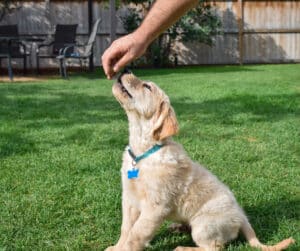
Timing: The Golden Window of Opportunity
The window for effectively rewarding your dog is astonishingly narrow, roughly 1.3 seconds. This fleeting moment is your golden opportunity to cement the behaviour you want to encourage. Missing this window can lead to confusion, with your dog potentially associating the reward with an unintended action. This precision in timing is akin to hitting the shutter button at the exact moment to capture a photo that tells a thousand words. It’s about capturing the essence of the desired behaviour and rewarding it in real-time.
The Role of the Trainer: Master of Moments
An exceptional dog trainer is, in essence, a master of moments. This mastery involves being perpetually ready to mark and reward the desired behaviour accurately. It requires a blend of keen observation, quick reflexes, and preparedness. Having treats at the ready, maintaining focus on the task at hand, and understanding your dog’s body language and cues are all part of this role. It’s about creating a learning environment where the right actions are consistently and immediately reinforced.
Moreover, the use of markers, like a clicker, can enhance the precision of your timing. The click sound acts as a bridge, filling the gap between the behaviour and the delivery of the reward. This method helps in situations where delivering the treat instantly is challenging, ensuring the dog still makes the correct association.
Patience, Practice, and Consistency: The Three Pillars
Mastering timing in dog training is a journey, not a sprint. It demands patience, as learning curves vary from one dog to another. Practice is essential, as it hones your ability to anticipate and react promptly to your dog’s actions. Consistency in your reactions and rewards solidifies the learning process, helping your dog understand what is expected of them.
This journey is also about celebrating small victories and understanding that mistakes are part of the learning process—for both you and your dog. It’s about building a bond of trust and communication, where your dog feels safe and motivated to learn.
Positive Reinforcement: The Path to a Happy, Well-Trained Dog
The ethos of positive reinforcement dog training in Caledonia is simple: reward the behaviours you want to see more of. This approach not only makes training enjoyable for your dog but also fosters a deeper, more trusting relationship between you. It’s about creating a positive feedback loop where your dog is eager to learn and please.
Contrastingly, punishment or negative reinforcement can lead to fear, anxiety, and a breakdown in trust. It’s crucial to focus on what your dog is doing right, rather than punishing them for mistakes. This positive focus encourages a happy, confident dog who is keen to engage in training sessions.
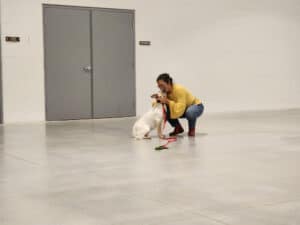
Expanding the Training Toolkit: Beyond the Basics
While treats and clickers are staples in the training toolkit, expanding your repertoire can enhance the training experience. Verbal praise, physical affection, and playtime can also serve as powerful rewards, catering to your dog’s unique preferences and motivations. Understanding what makes your dog tick and incorporating these elements into training sessions can make learning even more effective and enjoyable.
The Bigger Picture: Training as a Bonding Experience
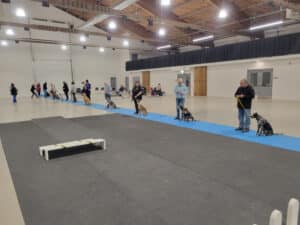
Training your dog is more than just teaching commands; it’s about nurturing a bond built on mutual respect, understanding, and communication. It’s an opportunity to spend quality time together, strengthening your connection and ensuring your dog feels valued and understood.
In essence, the art of timing in dog training is about more than just the mechanics of teaching. It’s about creating a harmonious relationship with your dog, where learning is a joyous and rewarding journey for both of you. With patience, practice, and a focus on positive reinforcement, the possibilities for what you and your dog can achieve together are boundless.
- Name: K9 Principles
- Address: Haldimand County, Greater Hamilton Area, Burlington and Most of Norfolk County
- Phone: 289 880-3382
- Email: k9principlesinc@gmail.com
- Website: www.k9principles.ca
FAQs
-
Timing is crucial because it helps your dog understand exactly which behaviour is being rewarded. Immediate rewards or corrections ensure your dog makes the correct associations, leading to faster and more effective learning. In the context of dog training in Caledonia, mastering timing can significantly enhance your dog’s training experience.


